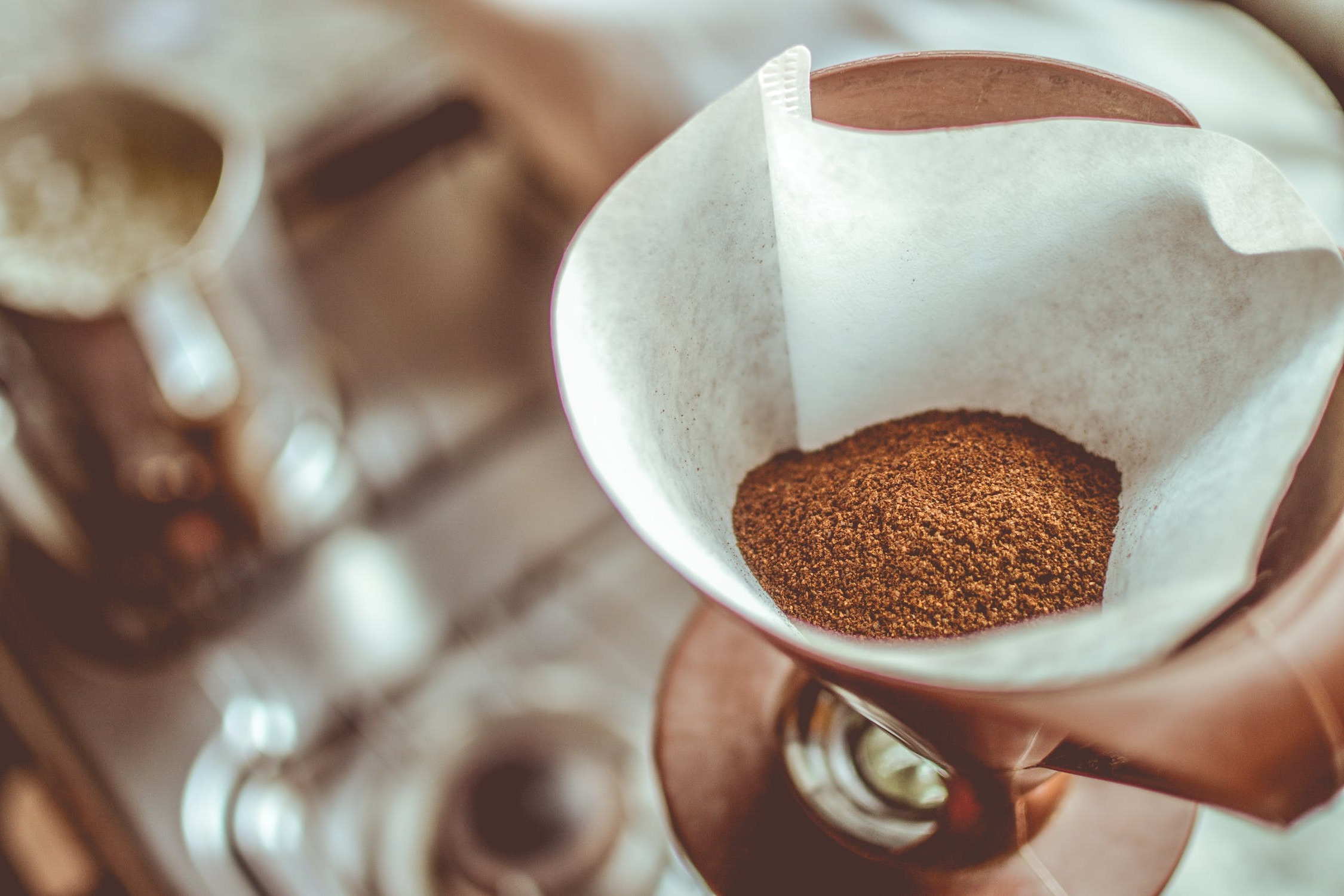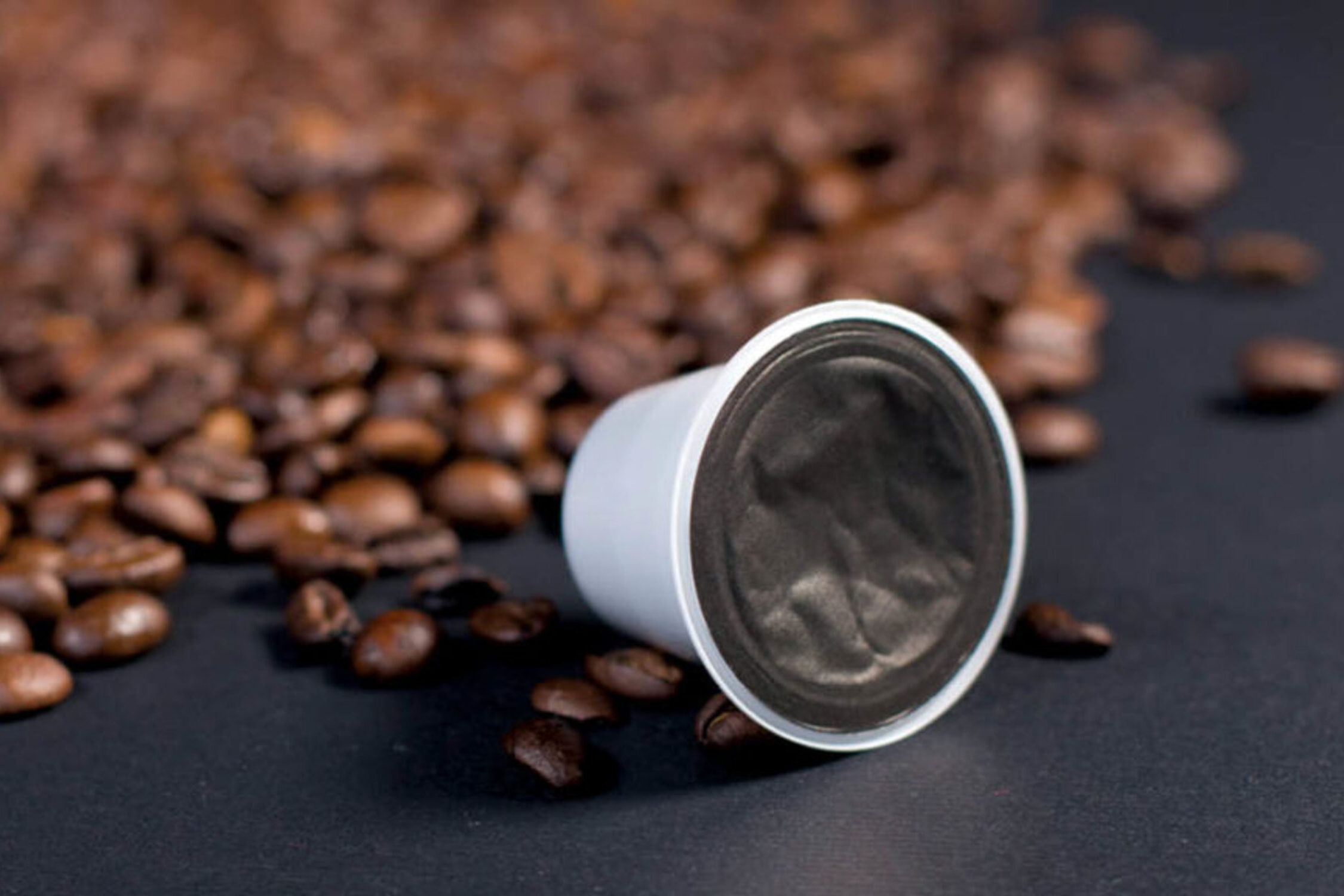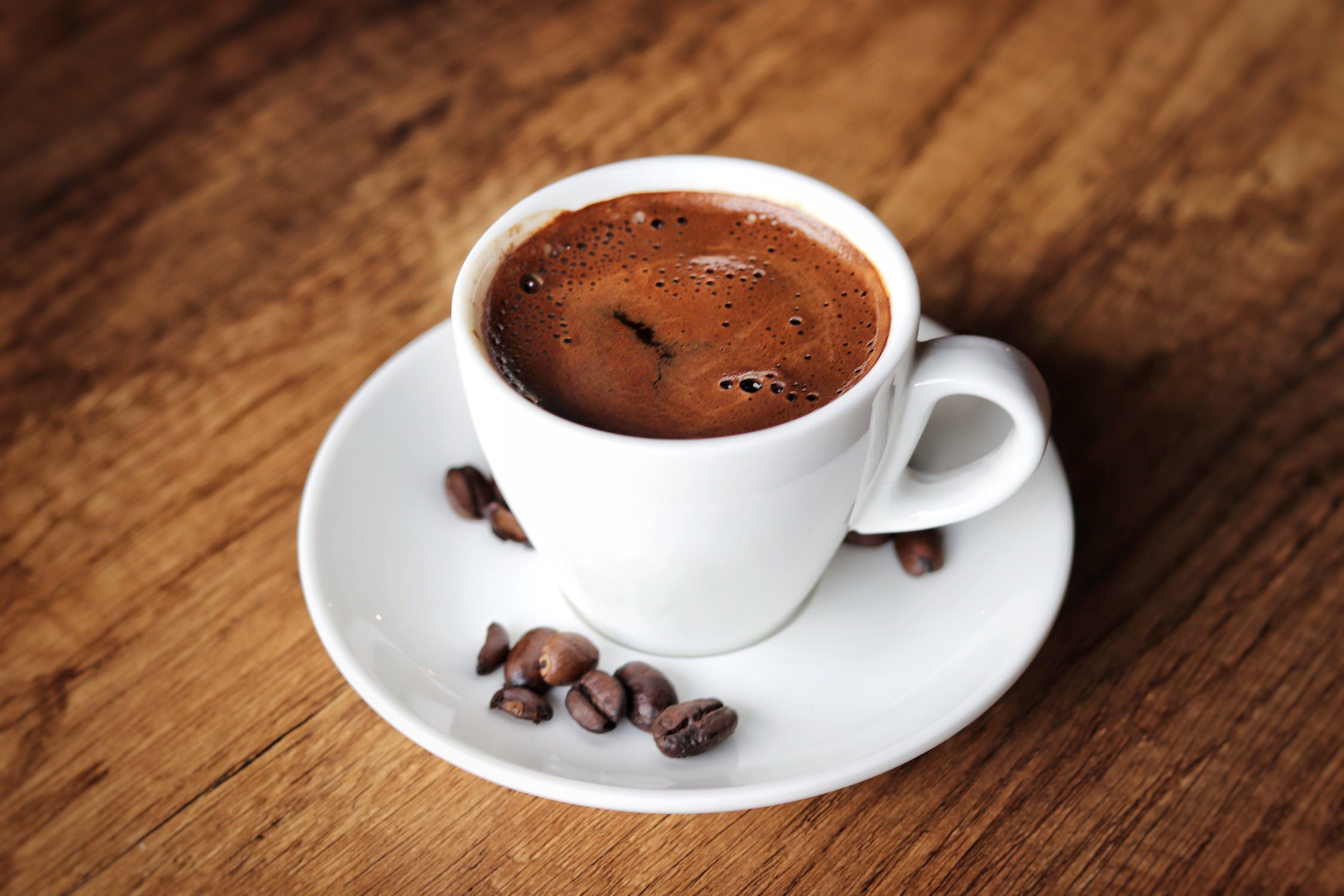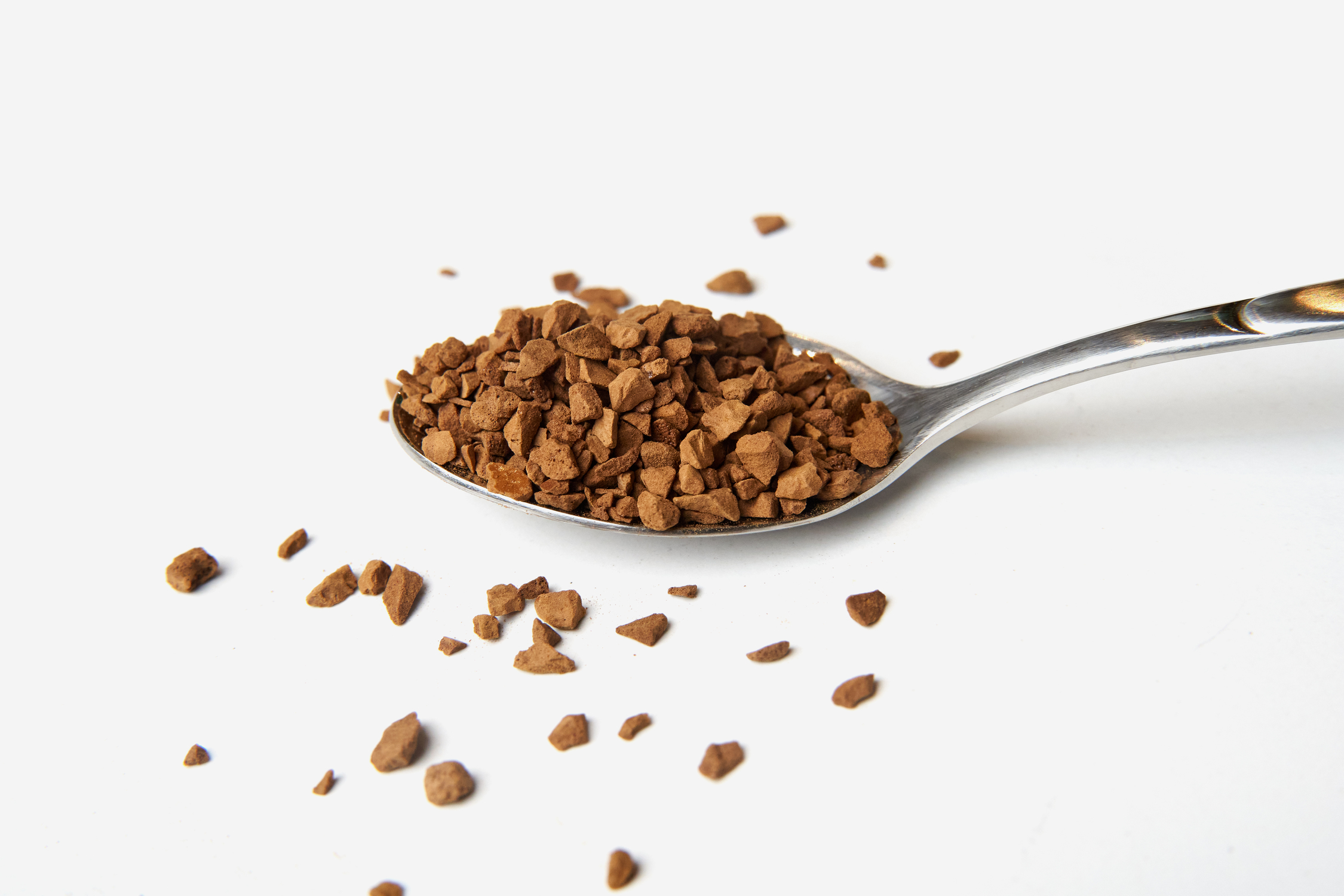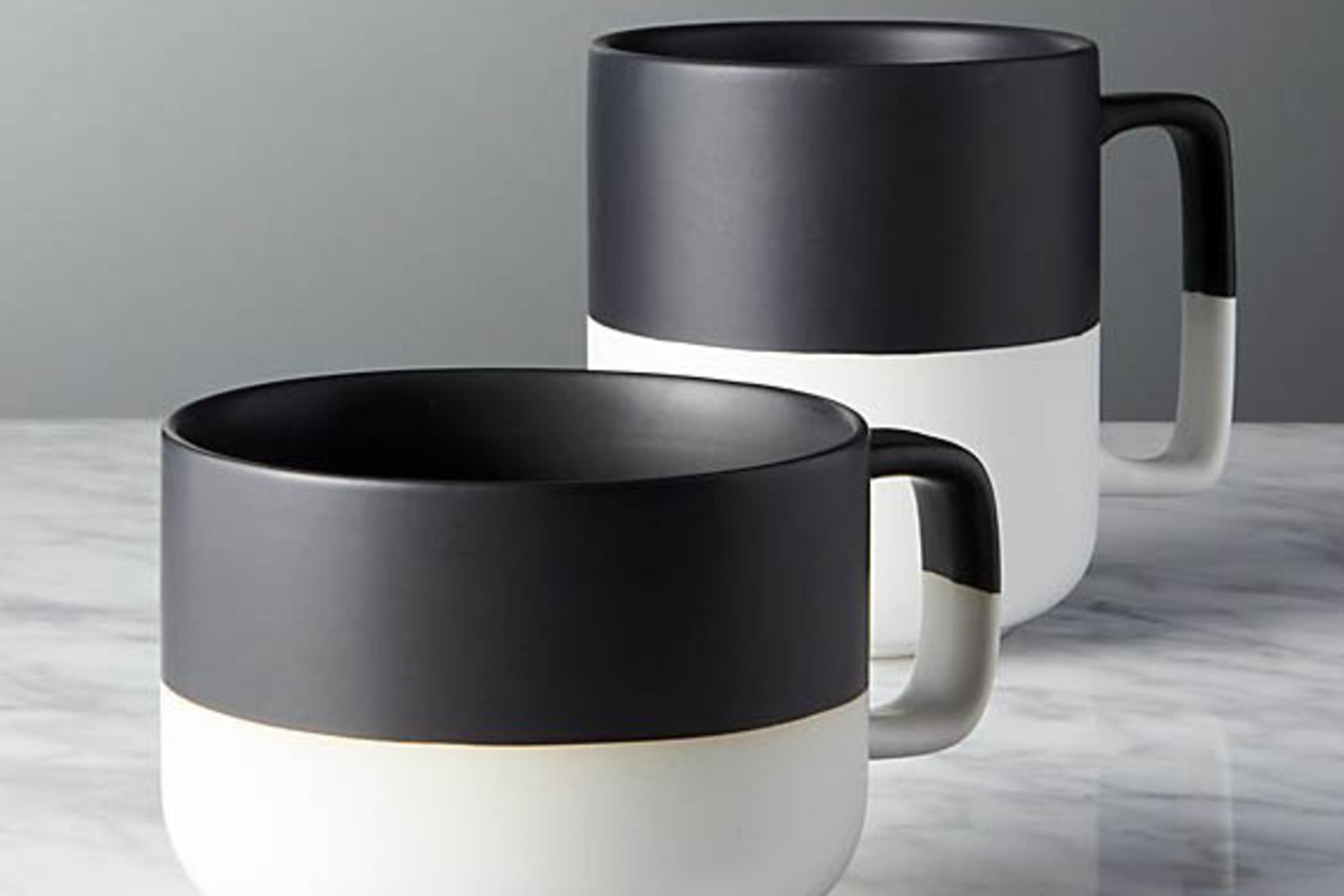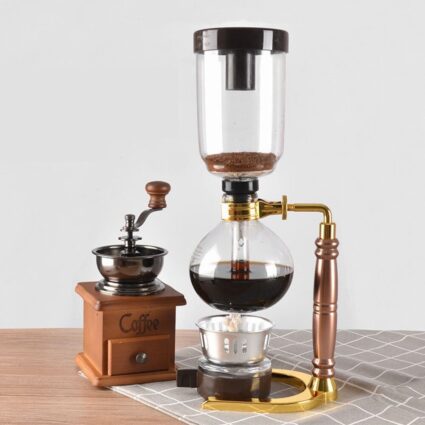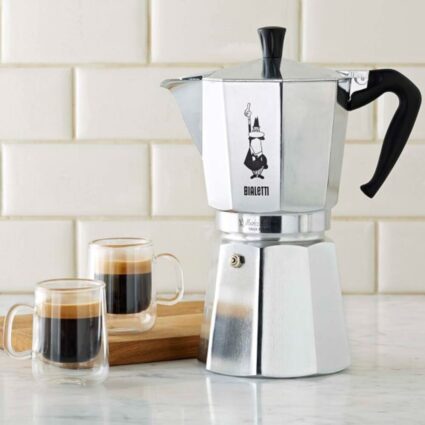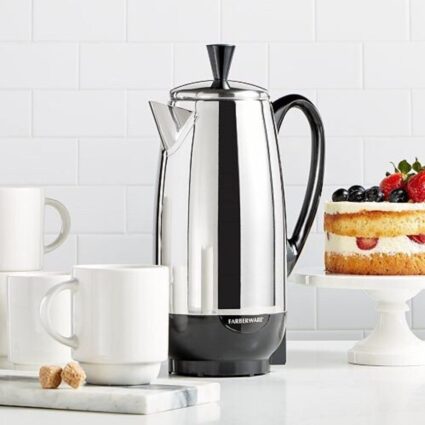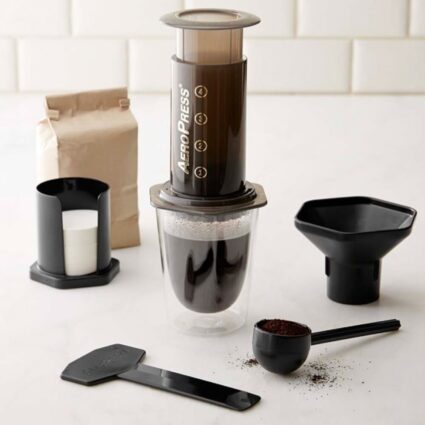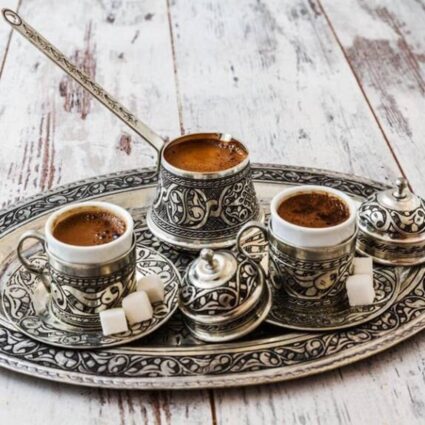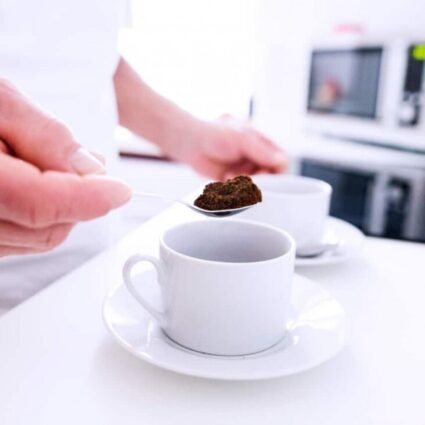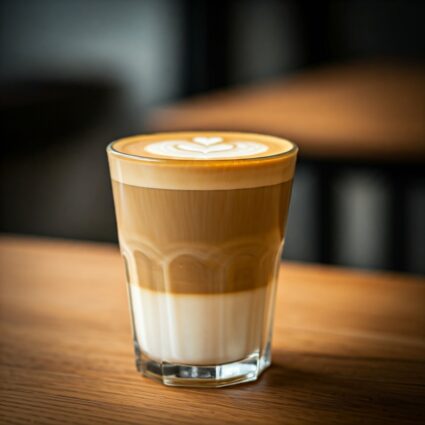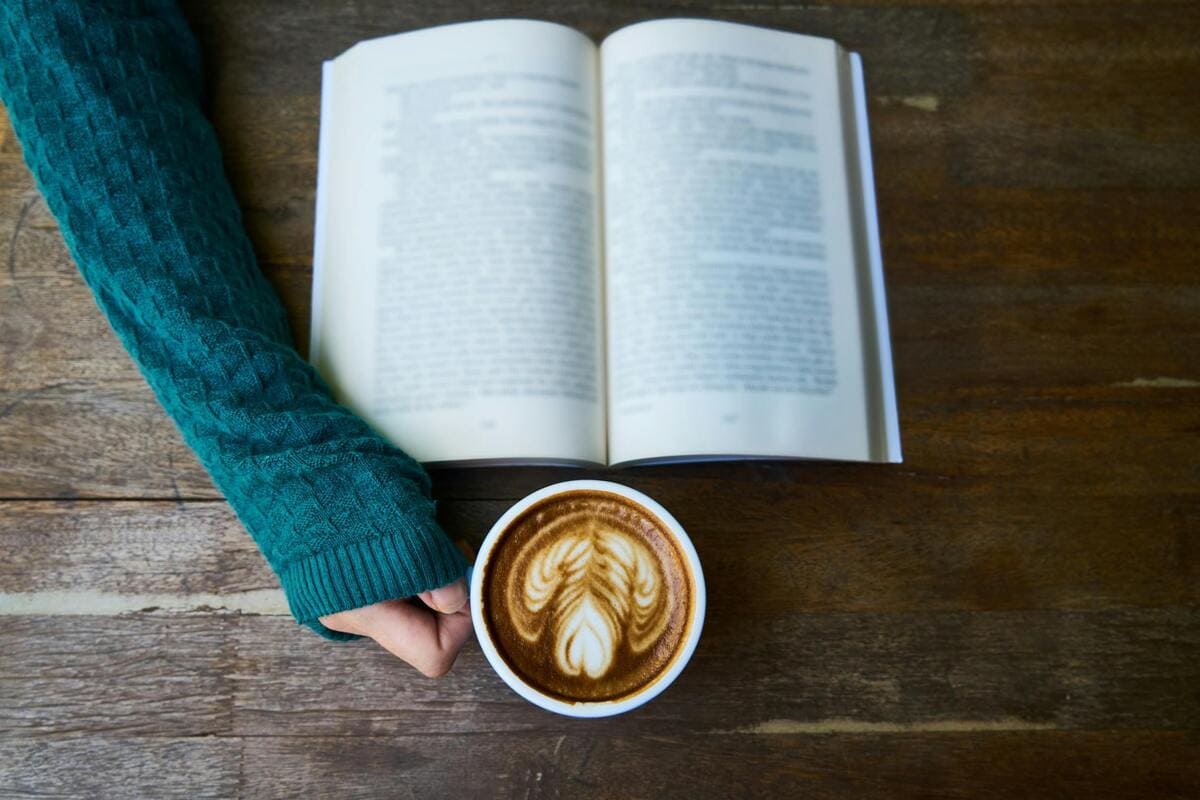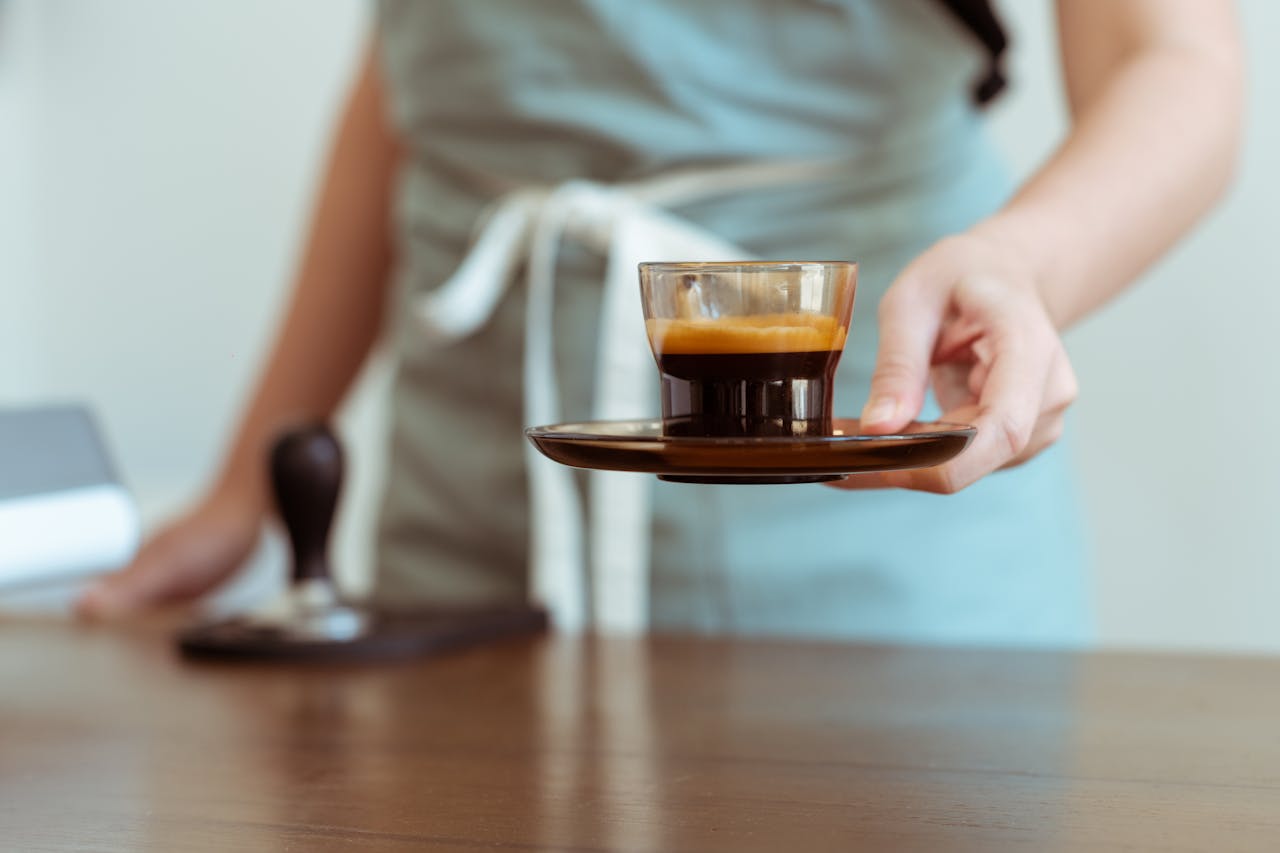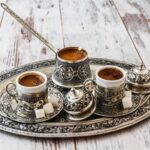EASTERN COFFEE
In the footsteps of history
DESCRIPTION
Perhaps the oldest method of coffee preparation known to mankind, Eastern Black Coffee roots go back to the 15th century. Coffee first made its way from its native Ethiopia to Yemen and then to Saudi Arabia. The Arabs discovered that coffee dissolves better in hot water. Roasted coffee beans give the brew strength, and cracked beans give a rich flavor. Coffee prepared prepared this way is widely used today, especially in the countries of the Near and Middle East.
Eastern Coffee is prepared in a special coffee maker, which is often called “Jazzve”, “Jazveh” or “Chezveh” is a Turkish word that is believed to be derived from the Arabic word “Jadhwa” meaning “Burning Wood” or “Coal”.
Jazzve is also often called “Dalla” or “Ibrik”. The word Ibrik also comes from the Persian word “Abriz”, which is a combination of two words: “Water” (Ab) and “Cup” (Riz).
A real Eastern Black Coffee maker should be made of copper, because it is a good conductor of heat. It should also be covered with a layer of silver on the inside. That is to prevent the harmful particles to pass from the copper to the coffee during brewing.
Eastern Black Coffee method differs from many others. The Coffee is boiled, not steeped. Also in this method extra fine ground coffee (like powder) is used. Coffee water mix is cooked on the fire.
Eastern Black Coffee preparation differs from country to country, culture to culture, and even from individual to individual. For example, some people like to boil the coffee to remove the froth or give the coffee a bitter taste. Others do not let the coffee reach the boiling point to preserve the froth and sweet taste. It should be noted that the serving and drinking rituals of this coffee are also very different.
During the Ottoman Empire, active Turkish lobbying popularized Eastern Coffee across the Middle East and Eastern Europe. It became widely known as “Turkish Coffee.”
In large Armenian communities, such as in the USA, Russia and a number of Western European countries Eastern Coffee is currently being known under the name “Armenian Coffee” .
Armenian society also calls Eastern Coffee the “Black Coffee”.
PREPARATION
- Heat the coffee pot on the gas stove for 10-15 seconds
- Pour required amount of water
- Heat water over medium to low heat
- Add coffee to plain water (1 teaspoon for each cup)
- If desired, add sugar (in the amount of half a teaspoon for each cup)
- Stir until the coffee and sugar dissolve as much as possible in the water
- Boil the coffee over low heat
- Collect the coffee foam with a spoon and pour it into cups
- Take the coffee maker off the heat just before the coffee starts to boil
- Stir the coffee and put the coffee maker back on the fire
- Repeat 3 times
- Turn off the gas stove
- Wait about 10-15 seconds for the sediment to settle to the bottom of the coffee maker
- Slowly, without haste, pour the coffee into the mugs and serve
DIRECTIONS
| Coffee Type | Arabica, Robusta |
| Roasting Level | Light (Scandinavian Roast) Medium (Vienna Roast) Dark (French Roast) Burned (Italian Roast) |
| Grind Size | Extra Fine Grind (Eastern Coffee) |
| Water Temperature | Almost Boiling Bottled Water: 197 ÷ 205 ° Fahrenheit |
| Coffee / Water Ratio | 9 gr coffee / 100 ml water (1 teaspoon for every cup) |
| Preparation Time | 3-5 minutes |
| Serving Size | 60 ml (2 Fl Oz) |
| Caffeine Amount in 1 Serving | 65 mg |
| Nutritional Value | 17 Calories |
| Daily Dosage | No more than 6 Cups |
| Serving Method | -With Cup of a Water; -With Cakes and Fruits; – With Ice Cream and Summer Desserts |
W A R N I N G !
The given numbers are average and may be different from the actual values.
FACTS
– Eastern Black Coffee regulates the level of cholesterol in the blood.
– This Coffee contains a lot of antioxidants, more than tea or chocolate.
– Eastern Coffee is the only coffee served with its grounds.
– The foam on the top of the cup is considered as an indicator of quality.
– A unique law emerged in 15th-century Constantinople (modern-day Istanbul). This law allowed women to divorce their husbands. The reason? A husband couldn’t provide at least one cup of coffee to his wife daily.
DESCRIPTION
Perhaps the oldest method of coffee preparation known to mankind, Eastern Black Coffee roots go back to the 15th century. Coffee first made its way from its native Ethiopia to Yemen and then to Saudi Arabia. The Arabs discovered that coffee dissolves better in hot water. Roasted coffee beans give the brew strength, and cracked beans give a rich flavor. Coffee prepared prepared this way is widely used today, especially in the countries of the Near and Middle East.
Eastern Coffee is prepared in a special coffee maker, which is often called “Jazzve”, “Jazveh” or “Chezveh” is a Turkish word that is believed to be derived from the Arabic word “Jadhwa” meaning “Burning Wood” or “Coal”.
Jazzve is also often called “Dalla” or “Ibrik”. The word Ibrik also comes from the Persian word “Abriz”, which is a combination of two words: “Water” (Ab) and “Cup” (Riz).
A real Eastern Black Coffee maker should be made of copper, because it is a good conductor of heat. It should also be covered with a layer of silver on the inside. That is to prevent the harmful particles to pass from the copper to the coffee during brewing.
Eastern Black Coffee method differs from many others. The Coffee is boiled, not steeped. Also in this method extra fine ground coffee (like powder) is used. Coffee water mix is cooked on the fire.
Eastern Black Coffee preparation differs from country to country, culture to culture, and even from individual to individual. For example, some people like to boil the coffee to remove the froth or give the coffee a bitter taste. Others do not let the coffee reach the boiling point to preserve the froth and sweet taste. It should be noted that the serving and drinking rituals of this coffee are also very different.
During the Ottoman Empire, active Turkish lobbying popularized Eastern Coffee across the Middle East and Eastern Europe. It became widely known as “Turkish Coffee.”
In large Armenian communities, such as in the USA, Russia and a number of Western European countries Eastern Coffee is currently being known under the name “Armenian Coffee” .
Armenian society also calls Eastern Coffee the “Black Coffee”.
PREPARATION
- Heat the coffee pot on the gas stove for 10-15 seconds
- Pour required amount of water
- Heat water over medium to low heat
- Add coffee to plain water (1 teaspoon for each cup)
- If desired, add sugar (in the amount of half a teaspoon for each cup)
- Stir until the coffee and sugar dissolve as much as possible in the water
- Boil the coffee over low heat
- Collect the coffee foam with a spoon and pour it into cups
- Take the coffee maker off the heat just before the coffee starts to boil
- Stir the coffee and put the coffee maker back on the fire
- Repeat 3 times
- Turn off the gas stove
- Wait about 10-15 seconds for the sediment to settle to the bottom of the coffee maker
- Slowly, without haste, pour the coffee into the mugs and serve
DIRECTIONS
| Coffee Type | Arabica, Robusta |
| Roasting Level | Light (Scandinavian Roast) Medium (Vienna Roast) Dark (French Roast) Burned (Italian Roast) |
| Grind Size | Extra Fine Grind (Eastern Coffee) |
| Water Temperature | Almost Boiling Bottled Water: 197 ÷ 205 ° Fahrenheit |
| Coffee / Water Ratio | 9 gr coffee / 100 ml water (1 teaspoon for every cup) |
| Preparation Time | 3-5 minutes |
| Serving Size | 60 ml (2 Fl Oz) |
| Caffeine Amount in 1 Serving | 65 mg |
| Nutritional Value | 17 Calories |
| Daily Dosage | No more than 6 Cups |
| Serving Method | -With Cup of a Water; -With Cakes and Fruits; – With Ice Cream and Summer Desserts |
W A R N I N G !
The given numbers are average and may be different from the actual values.
FACTS
– Eastern Coffee regulates the level of cholesterol in the blood.
– Eastern Black Coffee contains a lot of antioxidants, more than tea or chocolate.
– This Coffee is the only coffee served with its grounds.
– The foam on the top of the cup is considered as an indicator of quality.
– A unique law emerged in 15th-century Constantinople (modern-day Istanbul). This law allowed women to divorce their husbands. The reason? A husband couldn’t provide at least one cup of coffee to his wife daily.


